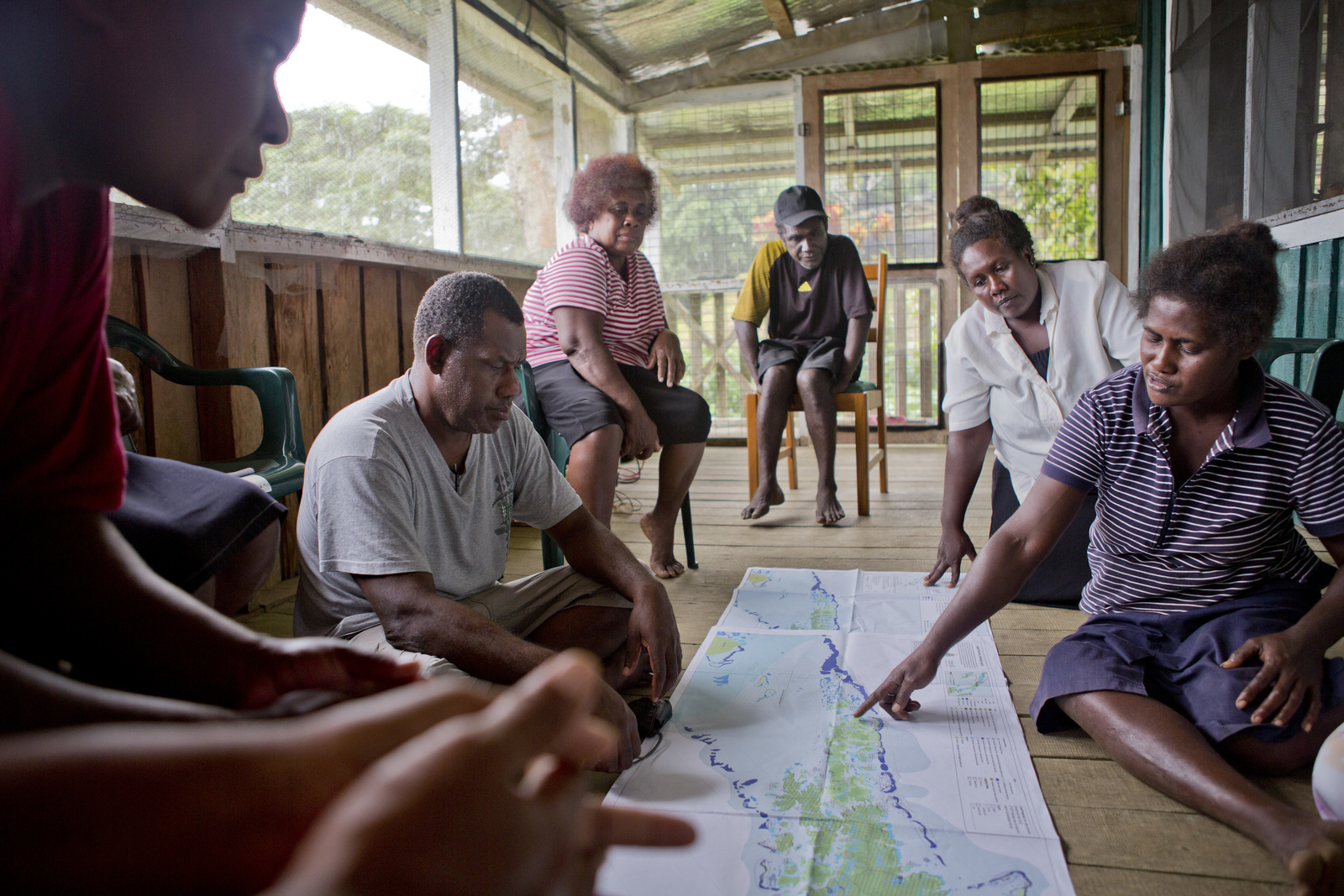Establish a Shared Vision
Across the Pacific, partner organizations have entered new places with a preconceived notion of problems, then tried to impose a predetermined solution. This approach typically backfires and can damage an organization’s reputation. Successful community-based conservation is a locally-driven process that requires local buy-in and ownership. It is, therefore, essential to work with community partners to develop a shared vision that reflects its aspirations.
“The community needs to own the problem and the solution must come from them. We have the expertise and resources to help them manage the resources.”
Just as a community needs time to understand a potential partner’s perspective, partner organizations need time to understand the community’s needs and aspirations. Allow time in meetings for people to introduce themselves, connect to place, and share their input and insights. It may seem slow, but creating the space to listen is one of the best practices for learning about the issues, partners, and potential solutions in a place.
“It does seem to be a really helpful attribute, when engaging in groups that have some cultural dissimilarities, to listen before speaking. Listening, really listening with the intent to understand. Empathy is an important function of that. Understanding that every idea has merit. ”






